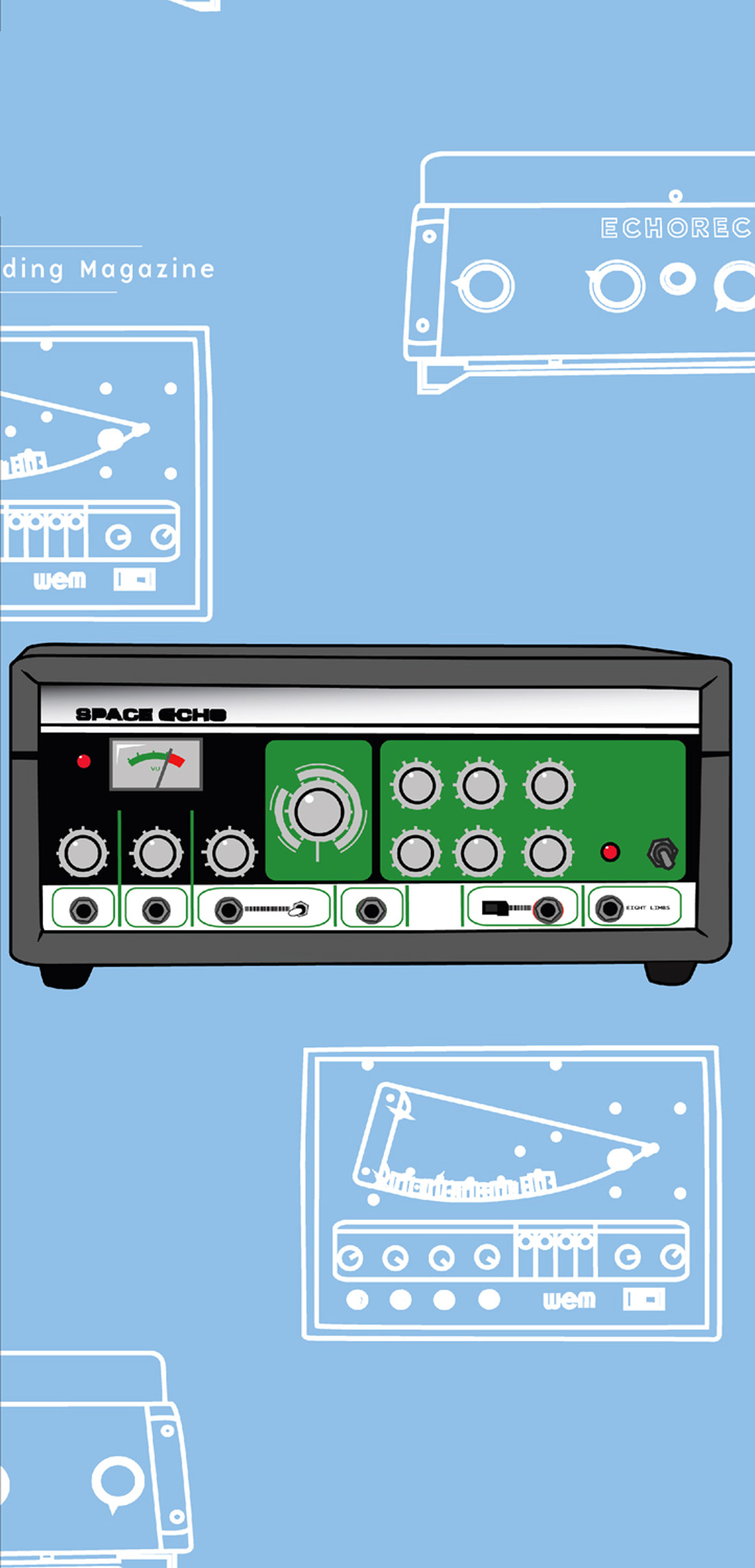Mojave mics have quickly become a favorite of many studio owners and engineers. They are well designed and affordable, and they sound really good. The MA-200 (Tape Op #55) has been out for three years now, and I have yet to meet anyone who does not like it. Now the good folks at Mojave have added dual-diaphragms and a continuously adjustable polar-pattern to that basic design and made the new MA-300. It’s the MA-200 with the other stuff like a switchable 15 dB pad and switchable bass roll-off of 6 dB per octave below 100 Hz.
Being dual-diaphragm, the mic is multi-pattern; but rather than setting up the power supply with dedicated pattern selection, the MA-300 power supply has a rotary knob that goes from omni to figure-8 with all patterns in between. Our Lawson tube mic has the same feature, so we are used to the idea of playing with the pattern to find the sweet spot for the given application.
As many of you know, at WaveLab Studio, we record a lot of singer songwriters who play guitar with their vocal performance. The MA-300 enabled us to get a really great vocal sound with almost zero guitar bleed when we played with the pattern selector and found a really tight pickup pattern. Having the JAN tube preamplifier in the microphone helped as well, as we got that robust MA-200 sound we like with better rejection. We subsequently tried the MA-300 as a drum room mic as well as on stand-up bass, piano, and guitar cabinets with great success.
For a recent Calexico tracking session, we set up the MA-300 behind the gobos we built for acoustic bass tracking and made that our second room mic. The idea being that the drum bleed from that distance on the bass mic is always interesting, so making that set up as a room mic with no actual bass playing would be a drum sound we were familiar with. The Mojave sounded great — really lush and full — and we loved the warmth of the normal cardioid position on the more aggressive drum recordings. It was great to be able to quickly change the mic’s presence by moving to omni, and we found that position better suited for the slower and quieter drum tracks.
On lead vocals, the MA-300’s multiple patterns, pad, and roll-off were all really handy. We were able to have multiple singers, both male and female, deliver solo and ensemble performances while leaving the mic position basically the same. It was really easy to pick the pattern that made sense — figure-8 for two singers together on some chorus lines, for example — and get a great sound and performance. The MA-300 got quite a workout that day, and we liked all the vocals we recorded, as did the performers. The MA-300 is now a first-pick choice for the “scratch” vocals, which means it ends up being used for the re-singing on the overdubs!
Mojave mics have been making us look smart and sound good for a few years now. The MA-300 is a welcome addition to the product line. It’s a perfect choice for a budget studio because of its sound, flexibility, and price. It’s equally worthy for the big studios for the same reasons. At a street price just under $1300, Mojave has once again delivered a fantastic studio product for an amazing price. If you’ve been meaning to get a Mojave, this is a good place to start. If you are like us and already own other Mojave mics, then you know you need this one in your locker.
($1295 street; www.mojaveaudio.com)
–Craig Schumacher <craig@wavelabstudio.com>
Microphones, Recorders | No. 121
Q8 Video & 4-Track Audio Recorder
by Jonathan Saxon
If you are looking for a handheld audio/video recorder, and audio performance is a priority, the Zoom Q8 may be your best bet. This little unit, with its seemingly endless options for making...




_disp_horizontal_bw.jpg)